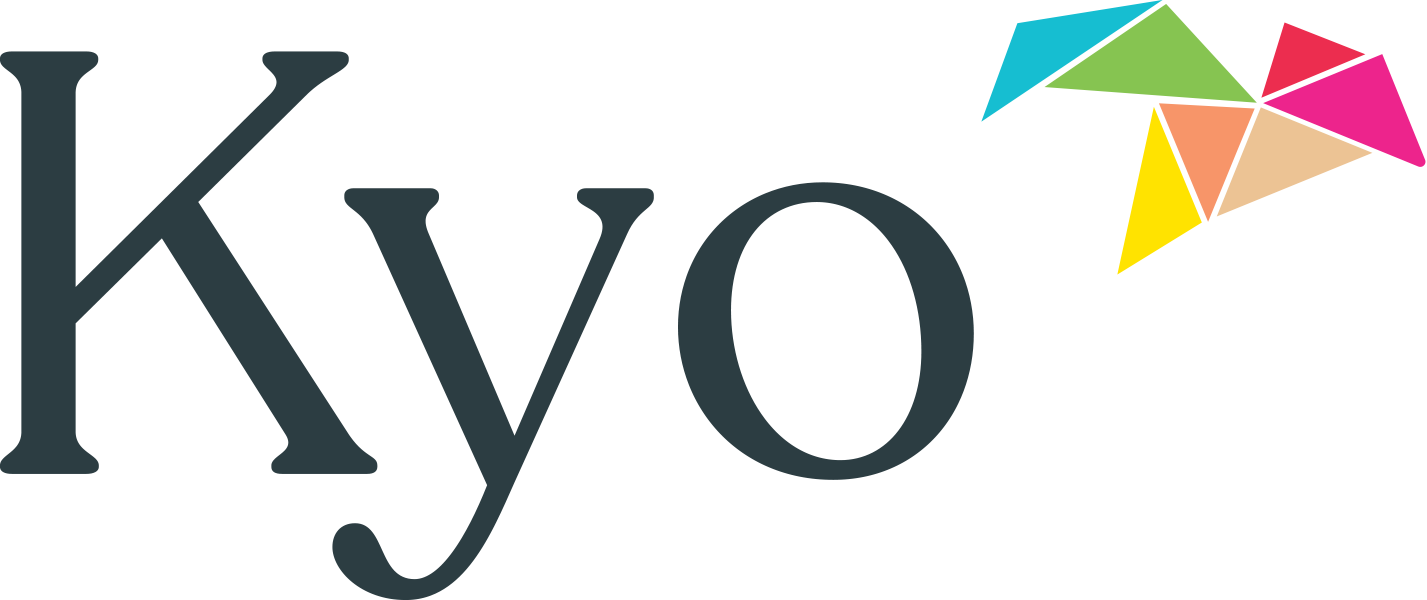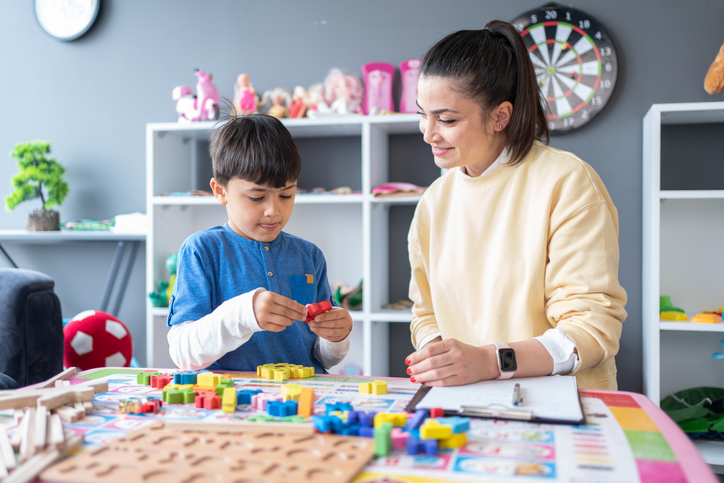Welcome to the exciting journey of ABA therapy! Whether you’ve already started services or are early in your ABA research, understanding what to expect in the first few weeks can make a world of difference. At Kyo, we’re here to support you every step of the way, ensuring that your child receives personalized and effective care. After your child’s initial assessment has been completed by a Board Certified Behavior Analyst (or BCBA), therapy sessions can begin. Let’s dive into what these initial weeks might look like.
-
Getting to Know Each Other:
The first few sessions are all about building rapport. You may hear the clinicians who work with your child refer to this as “pairing”. Your child will meet their therapist, and together, they’ll start forming a trusting relationship. This phase is crucial as it sets the foundation for successful therapy. You might notice the therapist engaging your child in play and observing their preferences and behaviors. You may also notice a significant amount of highly preferred activities/play during this time. The therapist will purposefully focus on joyful, low-demand activities in order to associate themselves with whatever your child finds to be fun. The length of this phase will differ depending on the learner and environment but the most important thing to remember is that this is a time for connection!
-
Assessment and Probing:
During the initial weeks, the therapist and BCBA (who is the case supervisor) may conduct additional, informal assessments to understand your child’s unique needs. These assessments may include preference assessments to learn what your child is most motivated by and other adaptive assessments. “Probing” refers to the process of testing to see what skills or behaviors a child already knows before starting to teach new ones. Think of it as a gentle way of finding out what your child can do on their own without any help. The case supervisor may have the therapists probe additional skills to understand your child better. As parents, your insights are invaluable, so expect to be actively involved in discussions about setting meaningful goals for your child.
-
Establishing a Routine:
Consistency is key in ABA therapy. The first few weeks will focus on establishing a routine that fits comfortably into your family’s schedule. This will include setting specific session times and deciding on the best environment for your child’s therapy, whether at home, in a community setting, or a combination of environments.
-
Introducing Techniques and Targeting Skills:
Your therapist will start introducing basic ABA techniques tailored to your child’s goals. This could involve positive reinforcement strategies, prompting, or modeling behaviors. A subset of your child’s goals will be selected as “starter targets”. The therapist will gradually introduce these goals to your child and will provide supportive practice opportunities.
-
Open Communication:
Communication between you and your child’s therapy team is essential. Feel free to ask questions, share observations, and express any concerns. Your therapy team values your input and is committed to working collaboratively to maximize your child’s progress. If you are a Kyo client, utilizing the Kyo Care App helps make communication convenient for parents!
-
Celebrating Small Wins:
Every step forward, no matter how small, is a victory worth celebrating. In the first few weeks, you might notice subtle changes in your child’s behavior or communication. Acknowledge these achievements and share them with your therapist. Positive reinforcement isn’t just for the kids!
-
Adjusting Expectations:
It’s important to remember that progress takes time. The first few weeks are just the beginning of a longer journey. Be patient with yourself and your child, and know that your child’s therapy team is dedicated to helping your child reach their full potential.
Conclusion:
The first few weeks of ABA therapy are a time of adjustment, learning, and growth. By staying informed and involved, you will play a crucial role in your child’s development.




